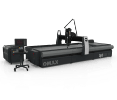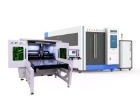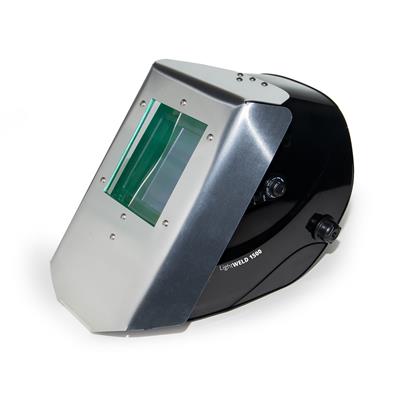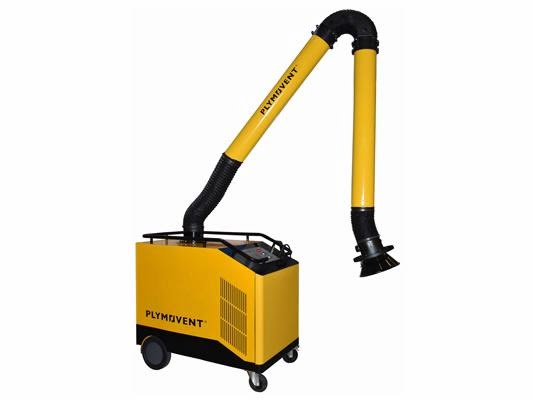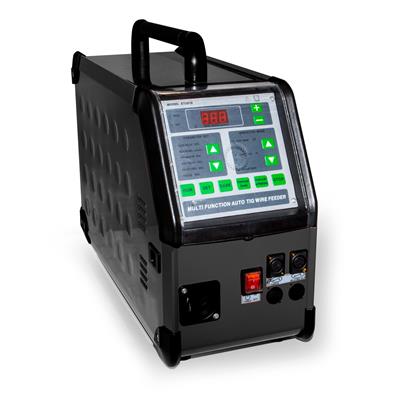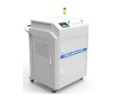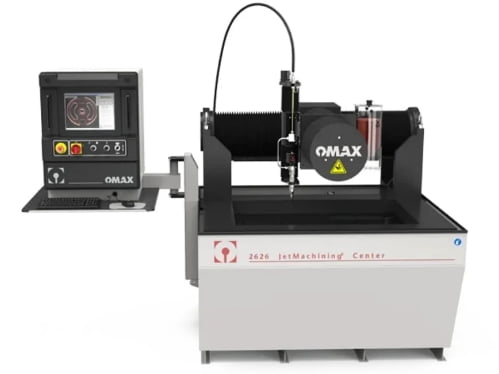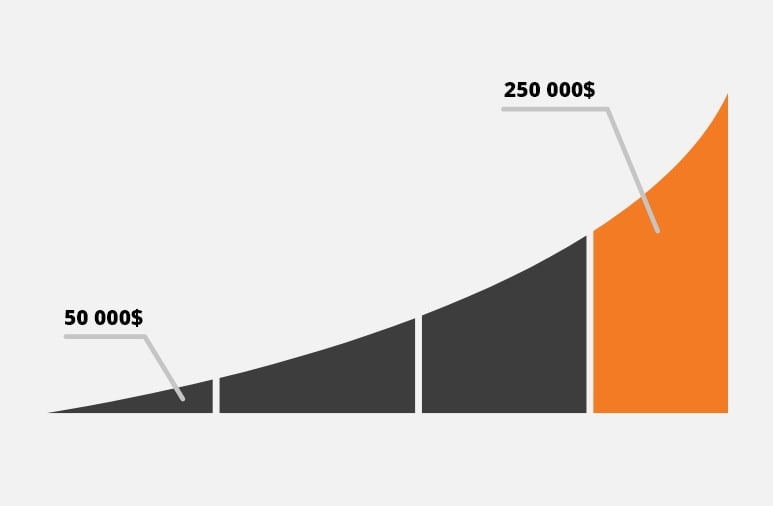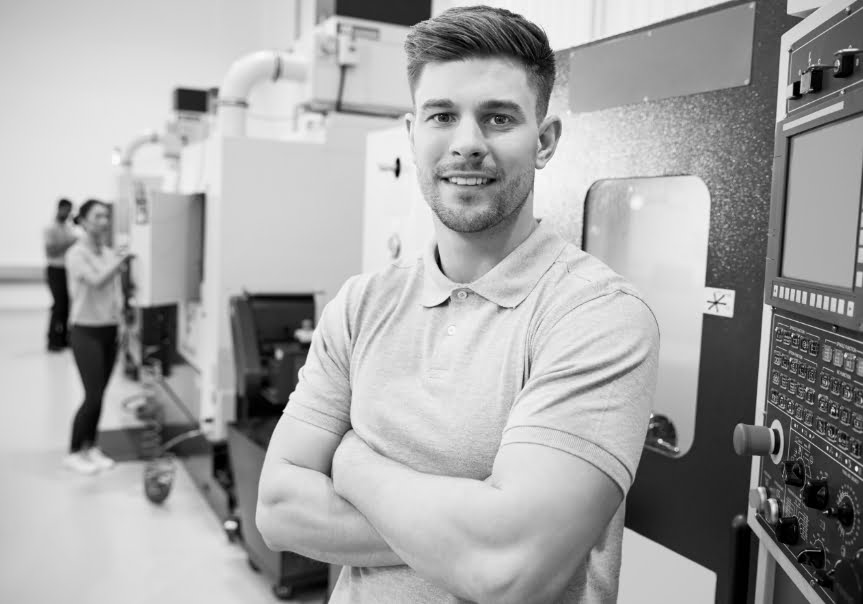Menu
Cart
0.00$
Subtotal: 0.00$
0
0
No products in the cart.
- MachinesPre-owned Machines
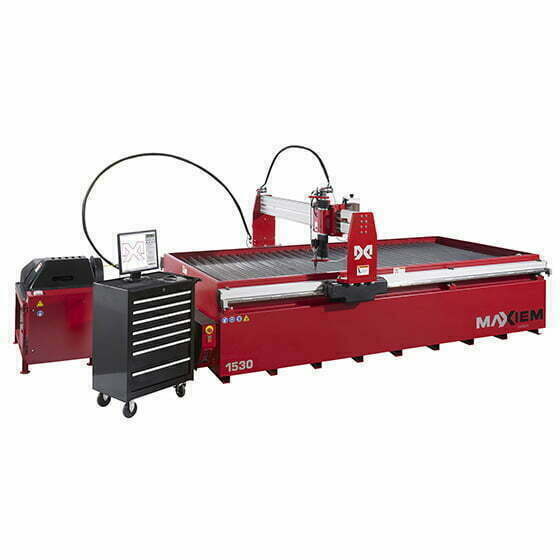 MAXIEM 1530
MAXIEM 1530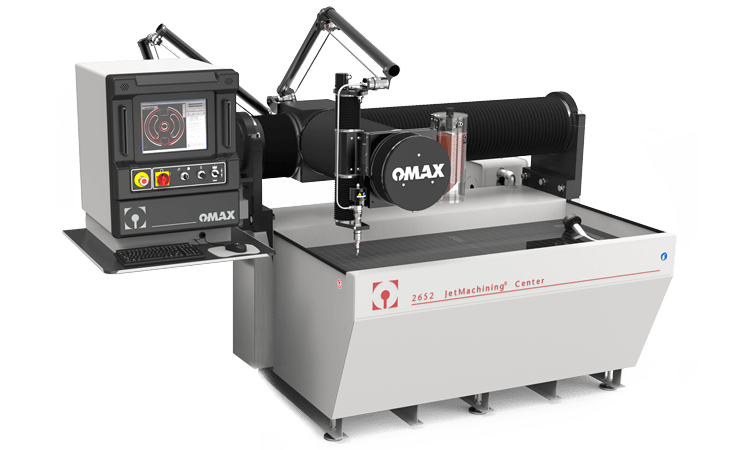 OMAX 2652
OMAX 2652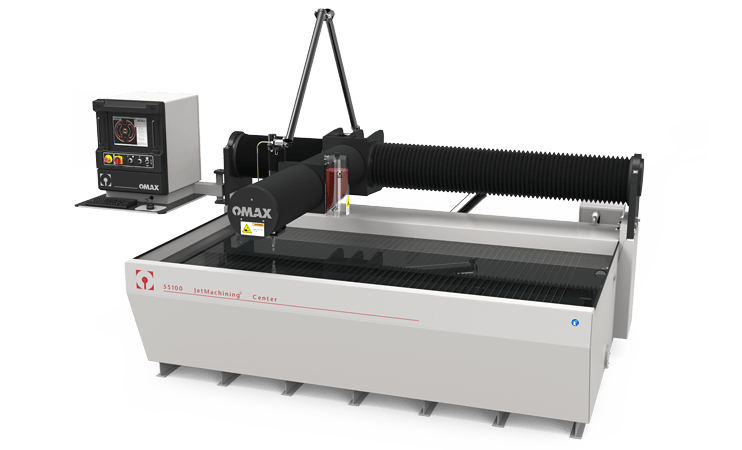 OMAX 55100
OMAX 55100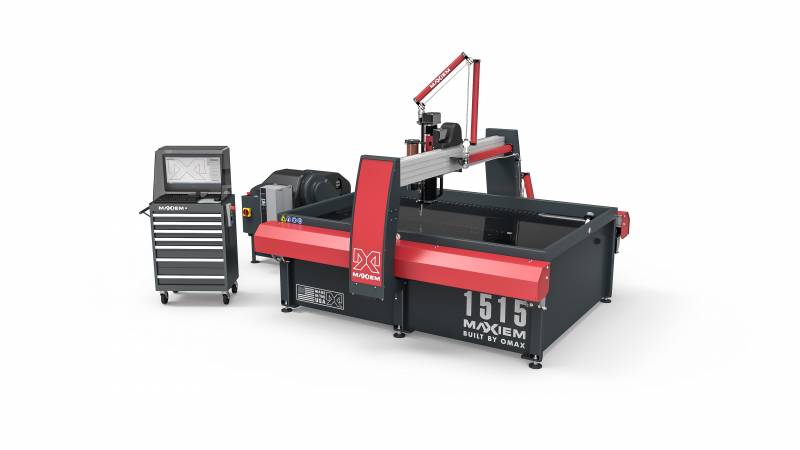 Maxiem 1515
Maxiem 1515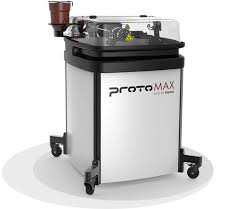 ProtomaxLaser Welding&CleaningA complete series of laser welding systems for various applications and materials.
ProtomaxLaser Welding&CleaningA complete series of laser welding systems for various applications and materials.- Fume Extractors(25)
- Fume Extrator Models(20)
- Replacement Filters(5)
- Laser Cleaning(2)
- Machines(31)
- LightWeld Laser Welders(5)
- Parts and Accessories(26)
- Personal Protection Equipment(6)
- Glasses(3)
- Helmets(3)
- Security Shutters(47)
- Interlock Devices(1)
- Tables and Carts(2)
- Carts(1)
- Welding Tables(1)
- Wire Feeders(20)
- Parts and Accessories(19)
- Wire Feeder Models(1)
- Consumables

Waterjet
Parts
Garnet
Abrasives
Laser Welding
Consumable - Service
- Contact
- ···




